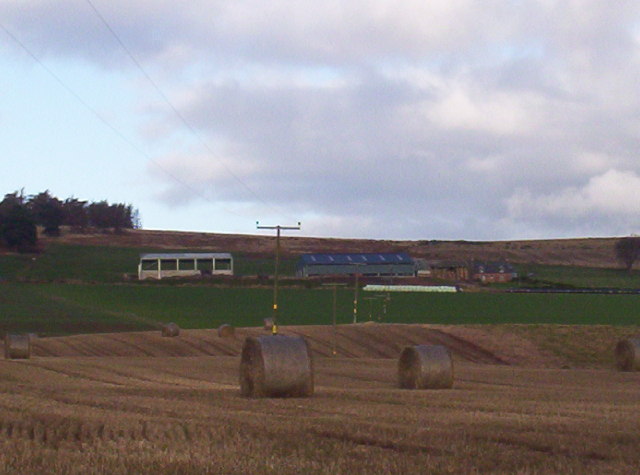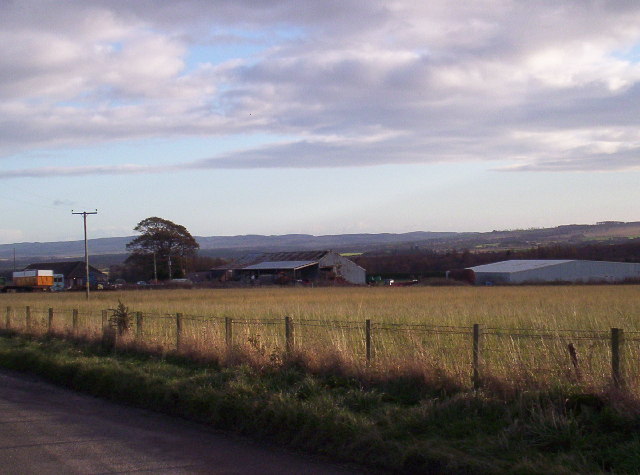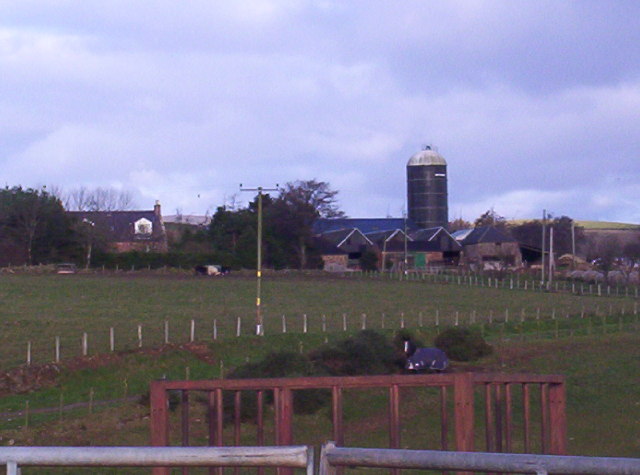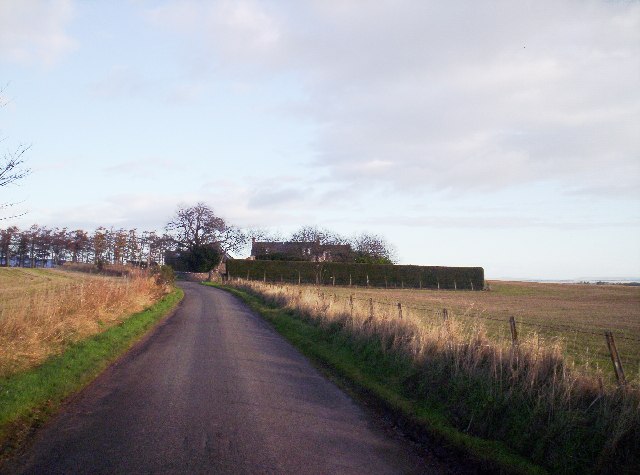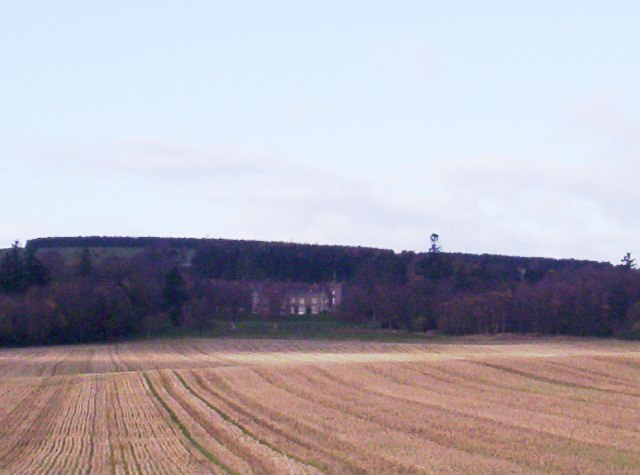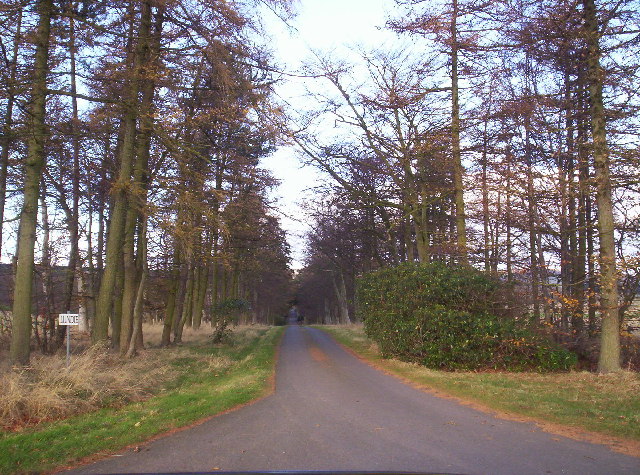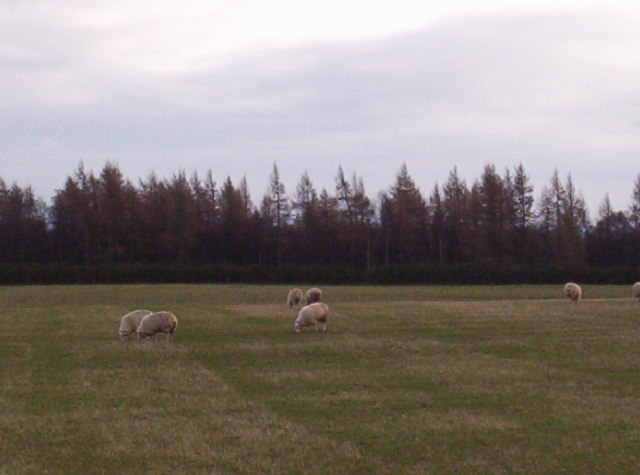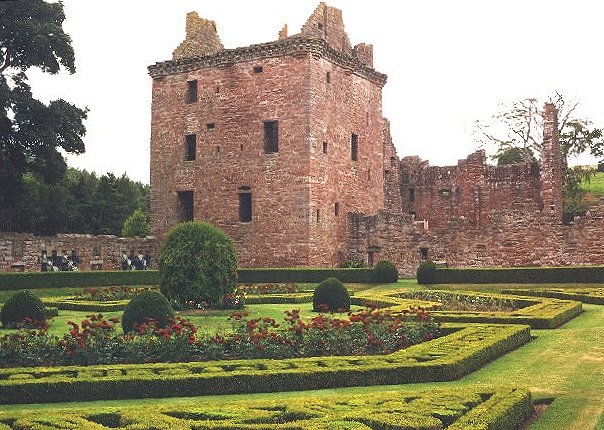West Wood
Wood, Forest in Angus
Scotland
West Wood
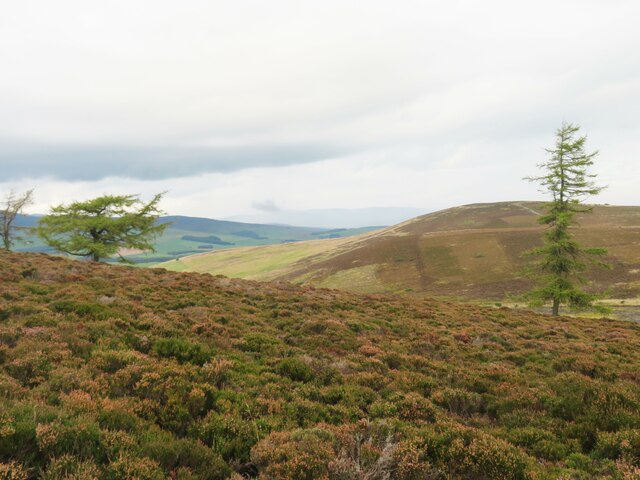
West Wood is a picturesque forest located in Angus, Scotland. Covering an area of approximately 100 hectares, it is a remarkable example of the region's natural beauty. The wood is primarily composed of native trees such as oak, birch, and beech, creating a diverse and vibrant ecosystem.
The forest boasts a network of well-maintained walking trails, making it a popular destination for hikers and nature enthusiasts. These trails wind through the dense woodland, offering visitors the opportunity to immerse themselves in the tranquility of nature. Along the paths, one can encounter an array of wildlife, including deer, foxes, and various bird species, adding to the enchanting atmosphere of the wood.
West Wood also features a small lake, providing a serene spot for visitors to relax and enjoy the surroundings. The lake is home to various aquatic plants and attracts a variety of waterfowl, further enhancing the natural beauty of the area.
In addition to its natural allure, the wood has historical significance. It is believed that the forest has been in existence for centuries, serving as a valuable resource for local communities throughout history. Today, efforts are being made to preserve and protect the woodland, ensuring its continued importance for future generations.
Overall, West Wood in Angus is a captivating destination for those seeking a peaceful retreat in the heart of nature. Its diverse flora and fauna, well-maintained trails, and historical value make it a must-visit location for anyone exploring the beauty of Scotland's countryside.
If you have any feedback on the listing, please let us know in the comments section below.
West Wood Images
Images are sourced within 2km of 56.791958/-2.7144951 or Grid Reference NO5666. Thanks to Geograph Open Source API. All images are credited.



West Wood is located at Grid Ref: NO5666 (Lat: 56.791958, Lng: -2.7144951)
Unitary Authority: Angus
Police Authority: Tayside
What 3 Words
///racks.worldwide.vase. Near Brechin, Angus
Nearby Locations
Related Wikis
Caterthun
Caterthun, or the Caterthuns, is a ridge of hills near the city of Brechin in Angus, Scotland. The Caterthuns are notable for being the site of two Iron...
Edzell Castle
Edzell Castle is a ruined 16th-century castle, with an early-17th-century walled garden. It is located close to Edzell, and is around 5 miles (8 km) north...
Edzell railway station
Edzell railway station served the village of Edzell, Angus, Scotland from 1896 to 1964 on the Brechin and Edzell District Railway. == History == The station...
Edzell
Edzell (; Scots: Aigle; Scottish Gaelic: Eigill) is a village in Angus, Scotland. It is 5 miles (8 km) north of Brechin, by the River North Esk. Edzell...
Have you been to West Wood?
Leave your review of West Wood below (or comments, questions and feedback).



